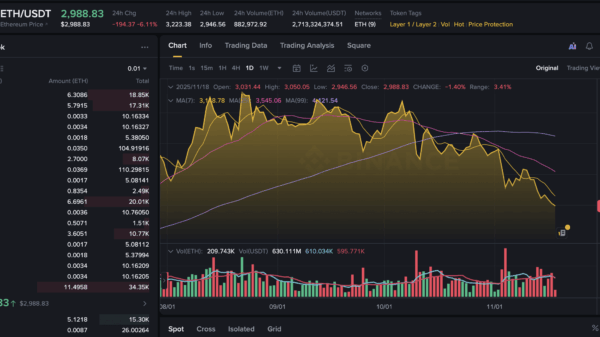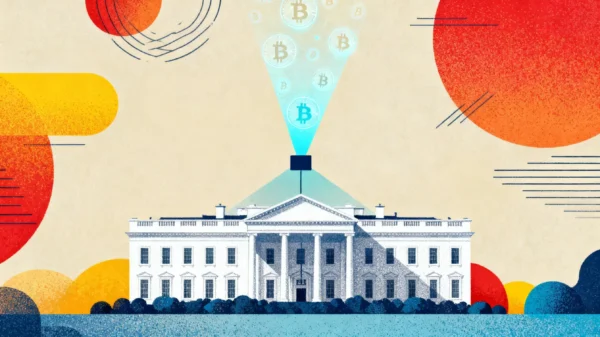The recent signing of a funding bill by President Donald Trump effectively concludes the longest government shutdown in US history, which lasted for 43 days. This legislation not only restores federal operations but also secures funding through January 30, 2026, presenting a significant opportunity for the cryptocurrency sector.
The resumption of government functions is poised to alleviate delays in regulatory oversight by agencies such as the Securities and Exchange Commission (SEC). Prior to the shutdown, the SEC was engaged in reviewing numerous cryptocurrency proposals. The hiatus in their operations led to a backlog, stalling crucial reforms in market structure that are vital for the digital asset landscape.
Historically, government shutdowns have been detrimental to investor confidence, often resulting in increased market volatility. According to data from the Federal Reserve, the uncertainty stemming from such disruptions can lead to a volatility spike of up to 15% in cryptocurrency markets. The return to normalcy should foster a more stable regulatory environment, conducive to investor activity.
During the shutdown, the SEC halted its non-essential activities, which included the evaluation of crypto exchange applications and enforcement actions against fraudulent schemes. The agency”s backlog has created delays in approving essential market structure proposals. SEC Chair Gary Gensler has reiterated the commission”s commitment to rigorous enforcement, emphasizing that the agency will not ease its standards for cryptocurrency oversight as operations resume.
Experts from the Blockchain Association have indicated that while there may be short-term delays in processing, the SEC could clear its backlog in the coming weeks. This is likely to expedite approvals for cryptocurrency spot exchange-traded funds (ETFs) and provide clearer regulations regarding stablecoins.
Furthermore, the resolution of the shutdown facilitates bipartisan discussions on critical issues, including healthcare, which could extend to cryptocurrency policy. Such discussions may pave the way for collaborative regulatory frameworks that benefit the digital asset industry.
As the SEC returns to full operational capacity, investors should closely monitor agency announcements. Resumed regulatory activities may signal upcoming approvals that could catalyze market rallies.
In summary, the signing of this funding bill marks a transformative moment for cryptocurrency regulation in the United States. With regulatory agencies back in action, the focus will shift towards addressing backlogs and advancing essential reforms, setting the stage for a more predictable and structured environment for digital assets. Investors are encouraged to stay informed as these developments unfold.






































































